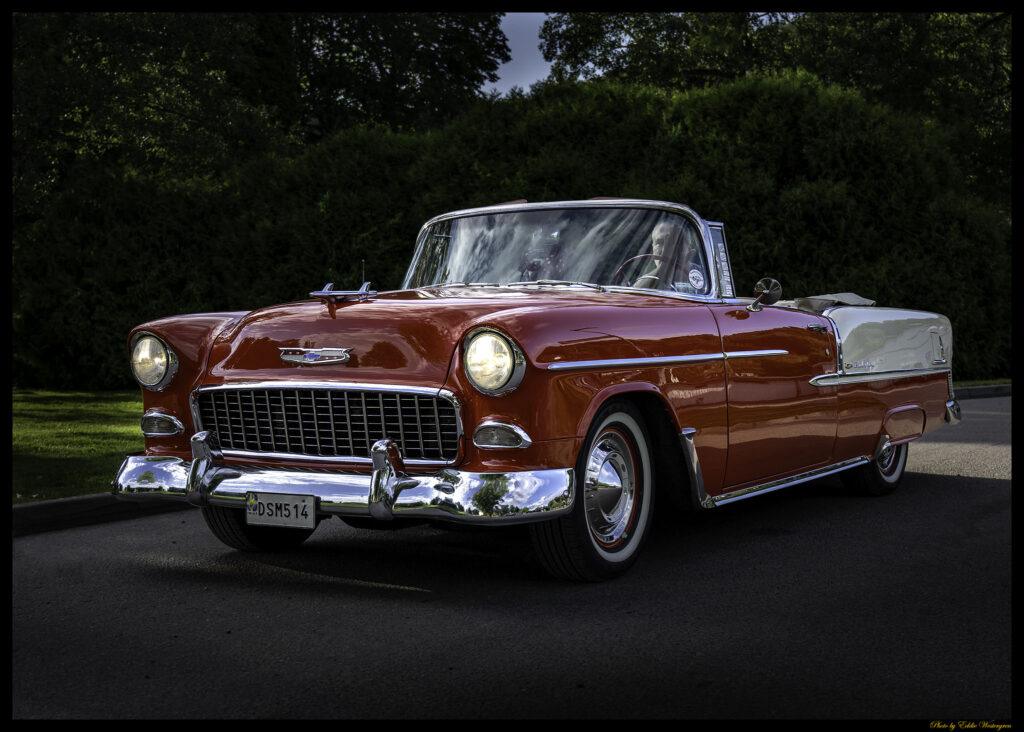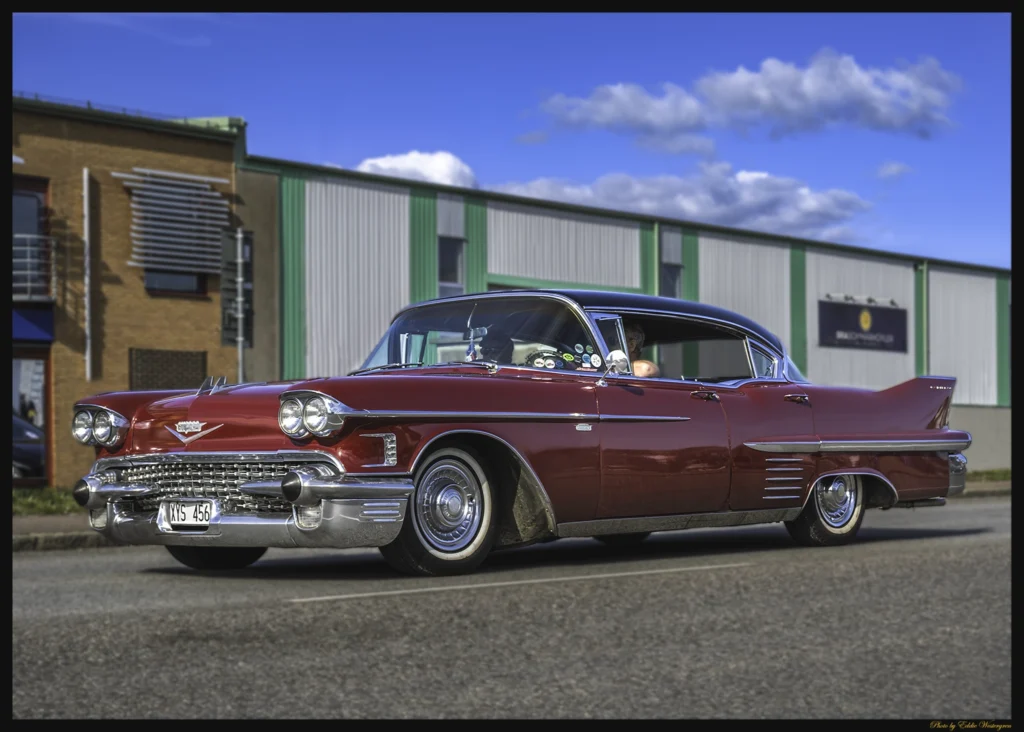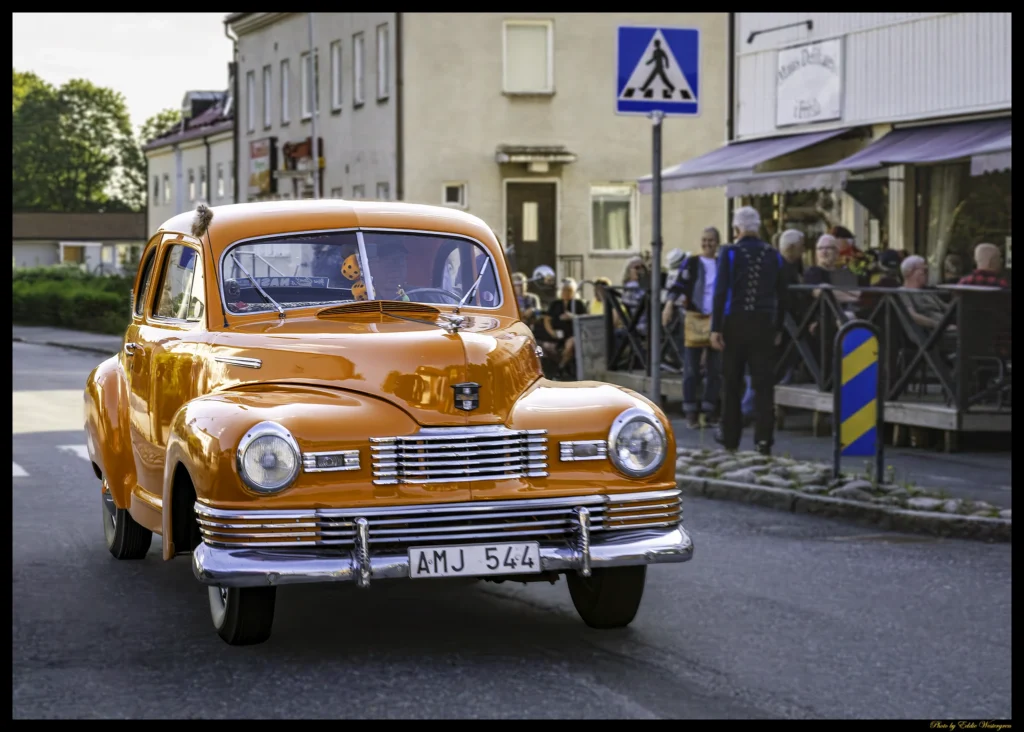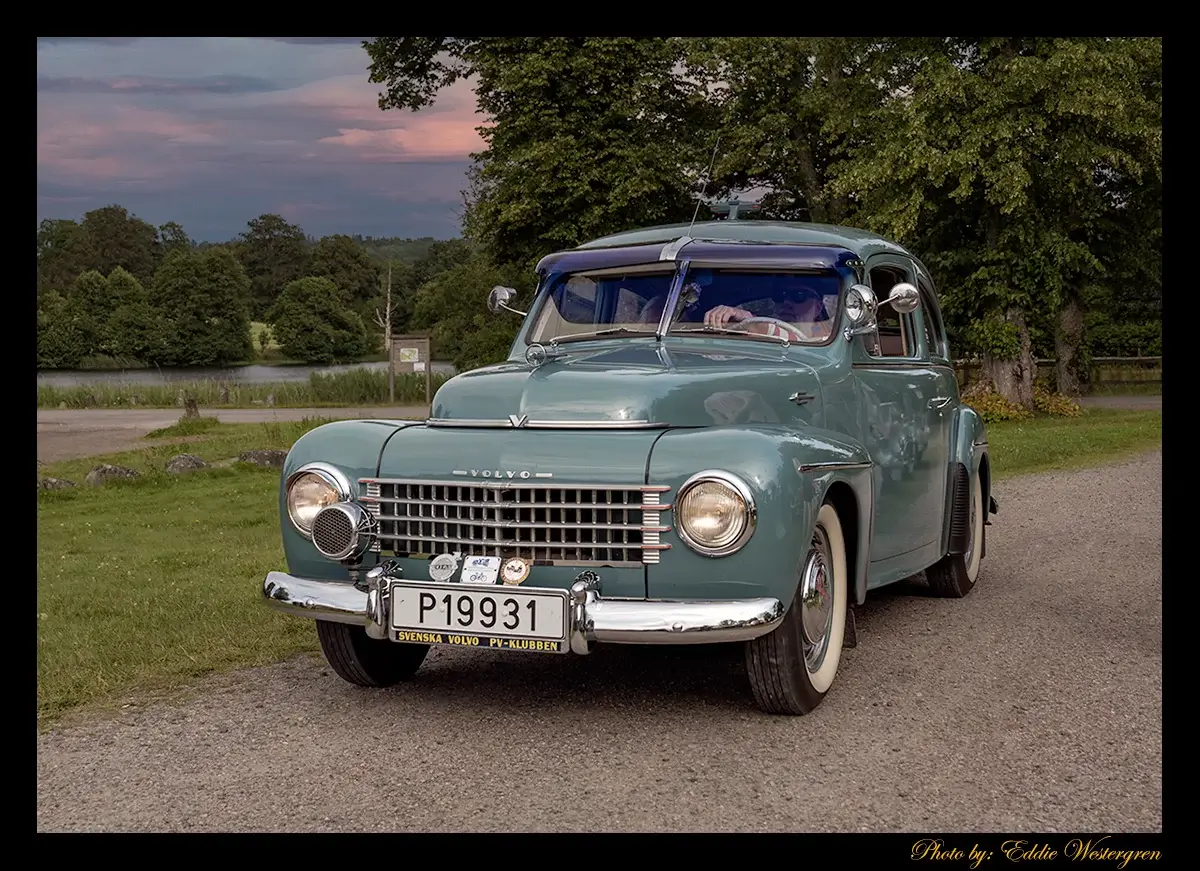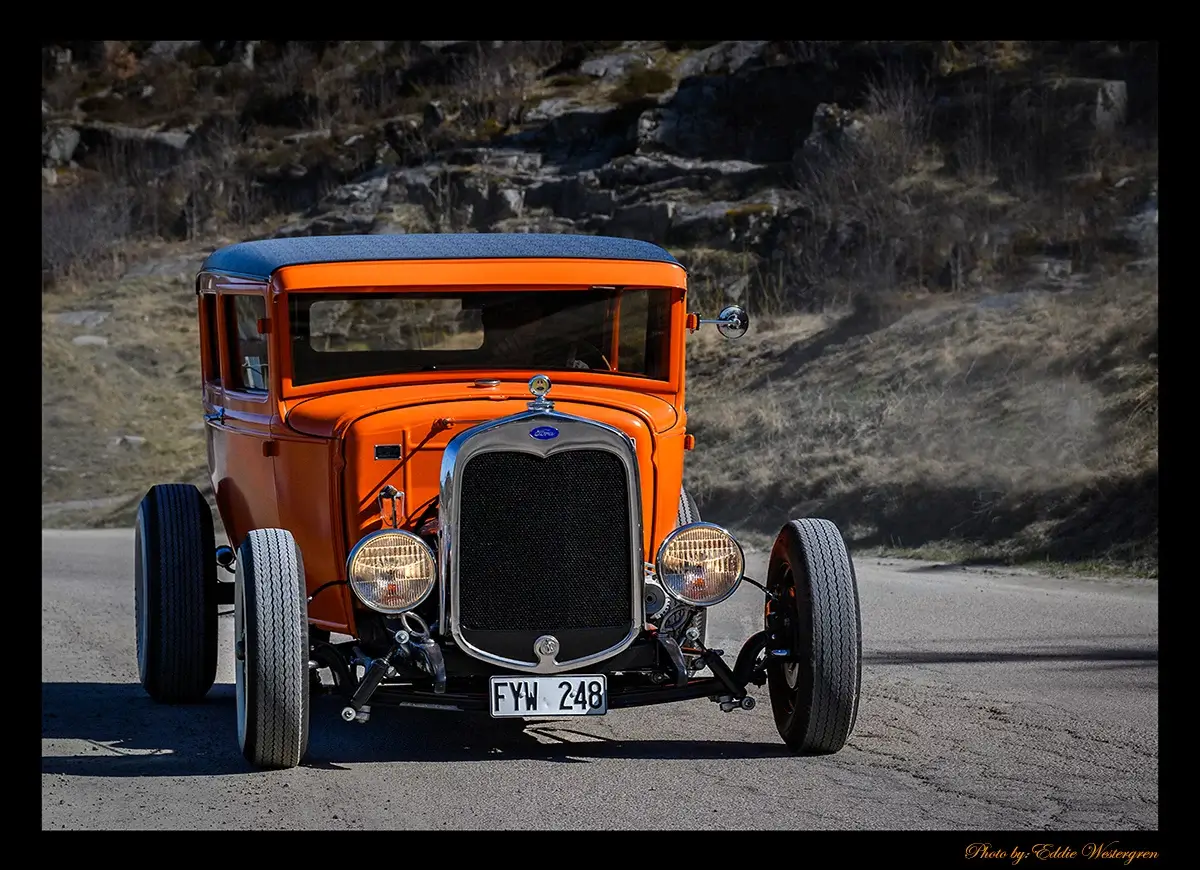Ford Tudor
from 1927 to 1931 was part of the legendary Model A lineup, which succeeded the famous Model T. Introduced in late 1927, the Model A marked a dramatic leap forward in automotive design, engineering, and comfort. By 1930, the Tudor sedan had become one of the most popular body styles, combining practicality, affordability, and a touch of style that appealed to the American middle class during the early years of the Great Depression.
The Tudor, short for “two-door,” was essentially a two-door sedan that provided seating for up to five passengers. It offered more enclosed protection than an open car while being less expensive than the larger Fordor (four-door) sedan. The 1930-31 models featured refinements over earlier versions of the Model A. Ford updated the body with a higher radiator shell, a more upright grille, and slightly redesigned fenders and cowl. These subtle styling changes gave the car a fresher, more modern appearance.
Mechanically,
the Tudor used the same dependable 201-cubic-inch, four-cylinder engine that powered all Model A Fords. Producing about 40 horsepower, it was capable of cruising at 40–50 miles per hour, which was sufficient for the roads of the era. The car used a three-speed manual transmission with a sliding gear design and mechanical brakes on all four wheels. While simple compared to later hydraulic systems, the brakes were adequate for the Tudor’s modest performance.
Inside, the Tudor balanced practicality with modest comfort. Upholstery was usually mohair or cloth, depending on trim level, and the car offered ample headroom. A simple dashboard held the basic controls and instruments, reflecting Ford’s philosophy of keeping the car straightforward and reliable.
Ford Tudor was available in Standard and Deluxe versions, with the Deluxe offering brighter trim, better upholstery, and sometimes dual tail lamps or cowl lights. Prices ranged around $500 to $600, making it affordable for many families despite the difficult economic climate of the early 1930s.
By 1931,
the Tudor had helped establish the Model A as a commercial success, with millions sold worldwide. Today, the 1930–31 Ford Tudor remains a favorite among collectors and restorers, admired for its timeless design, mechanical simplicity, and historical importance.

